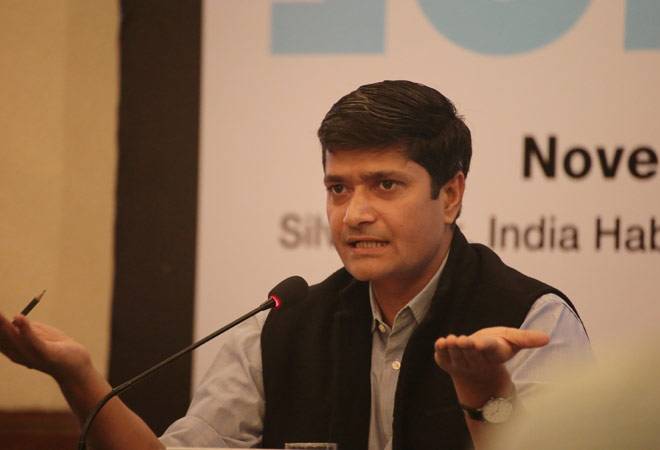In a ceremony held on Friday, November 23, 2017, at the International Civil Aviation Organisation headquarters in Montreal, Canada, to mark the 30th anniversary of the Montreal Protocol, Chandra Bhushan, deputy director general of Centre for Science and Environment (CSE) was given the Partnership Award. This award has been instituted to recognise the contribution of civil society in providing policy and research leadership in bringing about the Kigali Agreement in October 2016. An international jury made up of eminent leaders selected the awardees.

Down To Earth, the science, environment and development fortnightly which CSE helps publish, was given the Best Media Coverage Award for its reportage on ozone spanning the last 26 years.
The Ozone Awards are given by the Ozone Secretariat in recognition of the exemplary roles played by “individuals, groups or organisations that have demonstrated extraordinary commitment and contribution to the progress and achievements of the Montreal Protocol in the past 10 years.”
Kigali Agreement
The Kigali Amendment to the Montreal Protocol – also referred to as the Kigali Agreement – was signed in October 2016 to phase down the use of hydroflourocarbons (HFCs). HFCs are used as a refrigerant in the refrigeration and air conditioning sectors. It is a super greenhouse gas with global warming potential thousands of times higher than that of carbon dioxide (CO2). The Kigali Agreement is considered to be the first legally binding climate change treaty of the 21st century.
The Montreal Protocol on Substances that Deplete the Ozone Layer is considered as the most successful international environmental treaty. Over the past 30 years, it has successfully eliminated chemicals that damaged and made holes in the ozone layer.
Stratospheric ozone layer absorbs most of the harmful ultraviolet-B (UV-B) radiation reaching the surface of the earth from the sun. Depletion of the ozone layer by chemicals like CFCs had led to an increase in UV-B radiation at the surface, resulting in an increase in skin cancers and other impacts such as damage to crops and to marine animals.
As a result of the Montreal Protocol, in which all 197 countries are signatories, the ozone hole in Antarctica is slowly recovering. Scientific projections indicate that the ozone layer will return to the 1980 levels between 2050 and 2070.
Speaking after the awards ceremony, Chandra Bhushan, said: “These are bad times for multilateralism as many developed countries are shying away from their responsibilities to solve global challenges. But it is clear that without strong multilateralism, we cannot solve global environmental challenges like climate change. This is where Montreal Protocol and its Kigali Amendment become very important. The Kigali Amendment shows that with good science, economics and politics, we can craft a multilateral agreement which is a win-win for both developed and developing countries.”
Hailing the role played by India at the negotiations, Chandra Bhushan added: “India did many things differently during negotiations. For one, NGOs and the government worked as a team. India was proactive and not reactive. It submitted its own proposals, instead of reacting to the proposals of developed countries. Most importantly, India negotiated on the principal of positive reciprocity – it came forward and took more responsibilities, thereby pushing developed countries and China to do more.”
